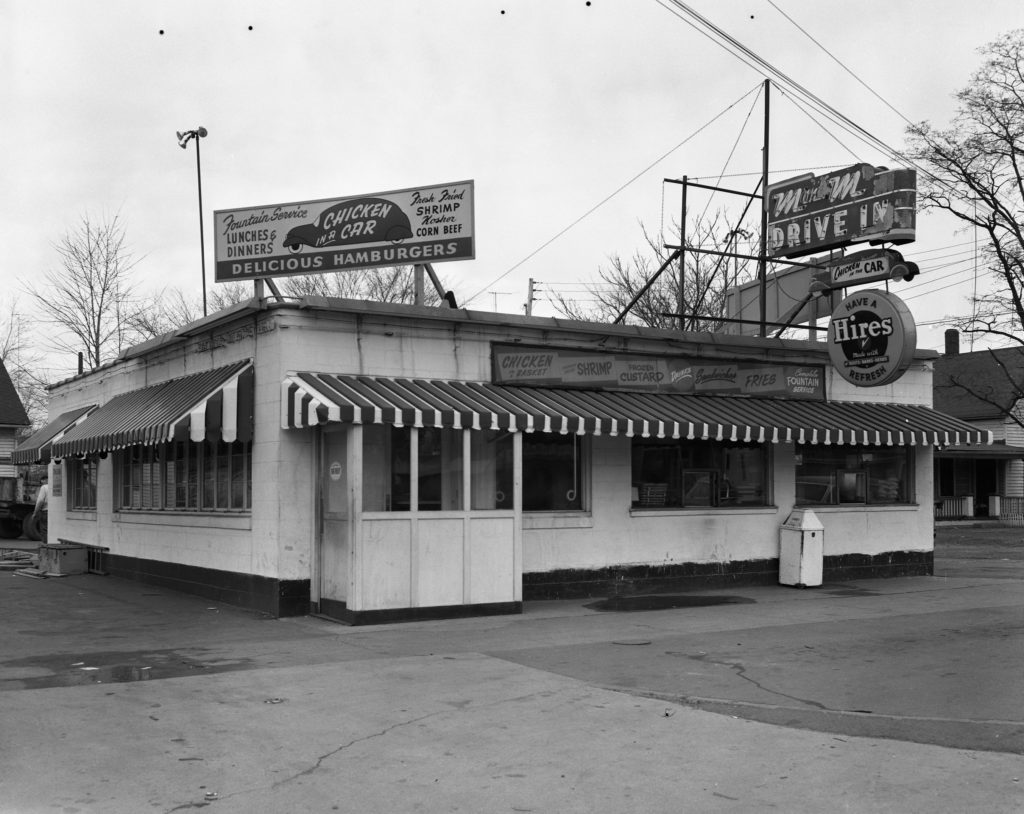I wrote a story about the first black basketball players in Michigan City, Indiana, “The Patch Players: Basketball was a respite from life’s daily injustice,” and posted it to my website. To spread the word, I went on social media and shared the link on pages where people might be interested in it. One post went on a friendly Facebook page dedicated to Michigan City history.
“February is Black History Month,” I wrote. “Here is the story about the first black basketball players in Michigan City. Please check out the link and share it with friends. Thanks!”
Within one hour, one man commented, “What is it with this? When are we going to have White History Month?”
He didn’t care about the history or the story—he hadn’t read it and probably never will—but went straight to his antipathy for Black History. Why the hostility? And what would White History Month look like, anyway? Would it highlight Robert E. Lee’s virtue and ignore the facts that he betrayed his country, betrayed his U.S. Army soldiers, and committed treason? Old news—we’ve been there and done that.
Someone replied to his comment, “Every month is white history month.”
“Black history is always there too,” he replied.
“Yes, but it’s always been written from the white person’s perspective,” the defender wrote.
The man argued on. Nobody responded, but surely others silently agreed with him.
I considered responding with a link to my first book, “Season of Upsets,” with this message: “Here’s a whole book about local sports history you might like—there isn’t a single black person in it. Enjoy.”
It’s true. I spent three years writing that book about the 1950 basketball season. It is the quintessential Indiana basketball story. It was a passion project that encompassed 15 different teams and not a single black player. It wasn’t by design, that’s the way it was.
Then it dawned on me: the very difference between white and black history was right there in “The Patch Players.”
 The M & M Diner was a popular spot among Michigan City families and teenagers for decades in the 1940s, 50s, and 60s. Post a photograph of the M & M on the friendly Facebook page and dozens of people chime in: Ohh, loved M & M. They had the best fries! Their patty melts were great! Lots of great memories of that place. My parents took us there for breakfast on Saturdays—the best! We spent hours there and dropped so much money in their juke box and sucking down vanilla malts!
The M & M Diner was a popular spot among Michigan City families and teenagers for decades in the 1940s, 50s, and 60s. Post a photograph of the M & M on the friendly Facebook page and dozens of people chime in: Ohh, loved M & M. They had the best fries! Their patty melts were great! Lots of great memories of that place. My parents took us there for breakfast on Saturdays—the best! We spent hours there and dropped so much money in their juke box and sucking down vanilla malts!
Bill Wright, one of the Patch Players and a star on the local basketball team, described a much different experience:
“M & M—a very popular place with the students and people in Eastport. They wouldn’t allow any black people to sit down in the restaurant. One night some of the basketball players, we were trying to tell some of the white students who were following the team that there was this segregation, or exclusion, in town and they didn’t believe it. And there’s no reason they would have known it because they never saw black folks around anywhere—that was a normal thing. We took a couple of them out there once just to prove to them so they would understand what that problem was. We went in there and we were told to leave. And then the three people who went with us also left. They didn’t go back again for that matter.”
One history remembers the M&M as a fantastic diner, a true gem, a symbol of better days I wish would return. Another history remembers the M&M as a hateful place where people like me were refused service because of the color of my skin, and everyone was OK with that.
You say you didn’t know? I didn’t know either until Mr. Wright told me. But we must wonder—what other stories have been lost, overlooked, or ignored?
If you are willing to listen to a different voice from the past, learn something new, challenge your perceptions, and talk about it, that’s why we celebrate Black History Month.
If you want to say it’s part of the past, things are better now, there’s no sense talking about it, and ignore it, well, that is why we need Black History Month.